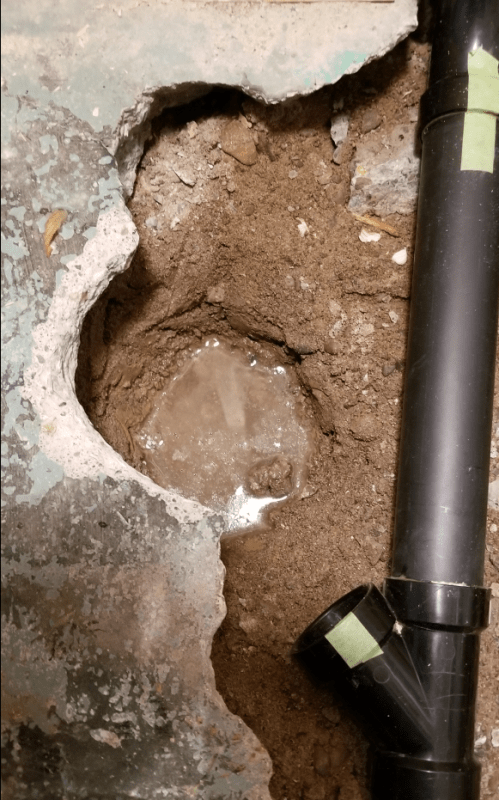MiniMe4Eng
Electrical
These are pictures for a small project, replacing a bath tub with a shower and changing the position
Short story: it is not drying out and I am wondering if the pipe/joins cracked when the concrete cured or
it is because of using the wrong type of concrete and too much water.
I poured the concrete (both types, see below) on March 29!!
Here is what is under concrete
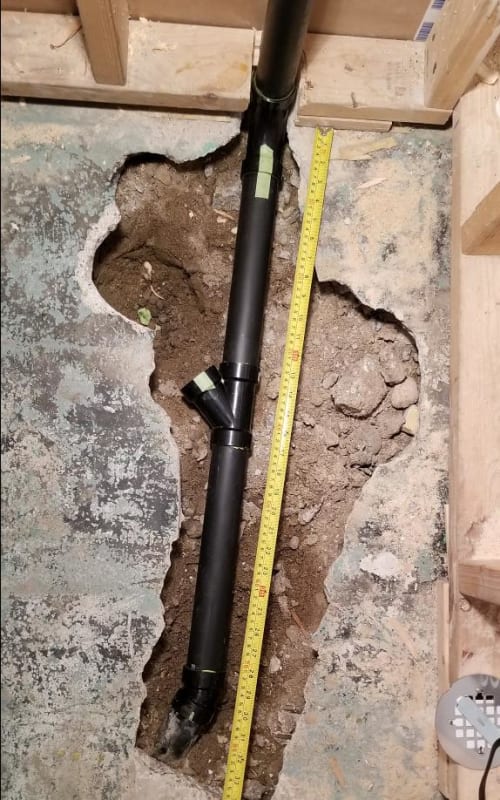
Here is before pouring concrete

Here is within a week since I poured the concrete
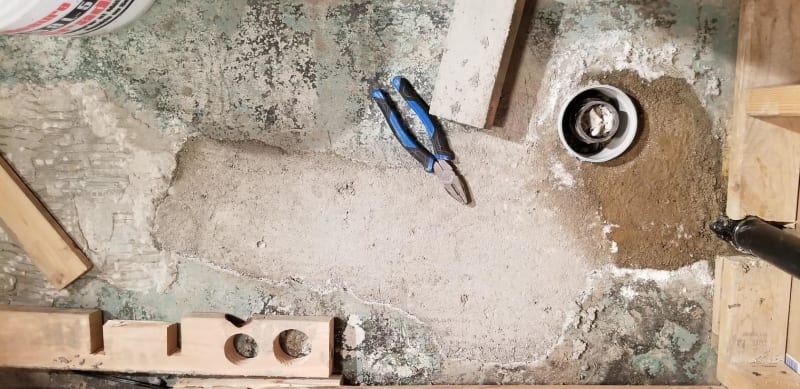
And here is the situation as of yesterday
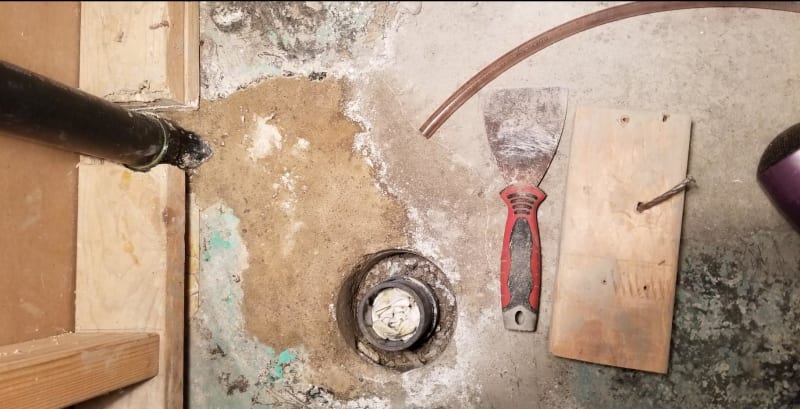
This is the concrete used for the now dried out area
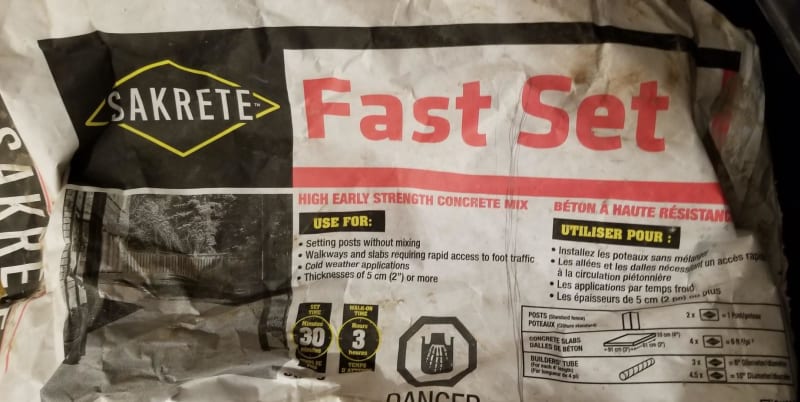
And since I wrongly estimated how much I needed I used some left over concrete from a fence project
This concrete mix was used for the area that is not drying up after so long and I am wondering what is going on
It is true that the mix for the area that still looks wet was poured a little too liquid
For that type of concrete and for such a small patch should it take this long to cure ?
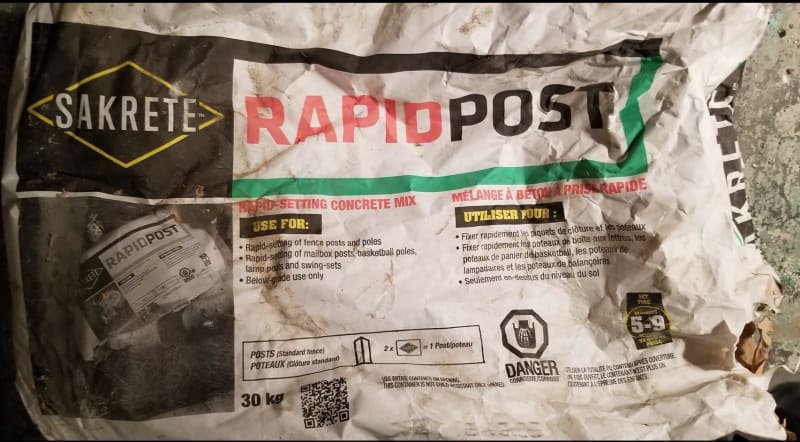
Short story: it is not drying out and I am wondering if the pipe/joins cracked when the concrete cured or
it is because of using the wrong type of concrete and too much water.
I poured the concrete (both types, see below) on March 29!!
Here is what is under concrete

Here is before pouring concrete

Here is within a week since I poured the concrete

And here is the situation as of yesterday

This is the concrete used for the now dried out area

And since I wrongly estimated how much I needed I used some left over concrete from a fence project
This concrete mix was used for the area that is not drying up after so long and I am wondering what is going on
It is true that the mix for the area that still looks wet was poured a little too liquid
For that type of concrete and for such a small patch should it take this long to cure ?


